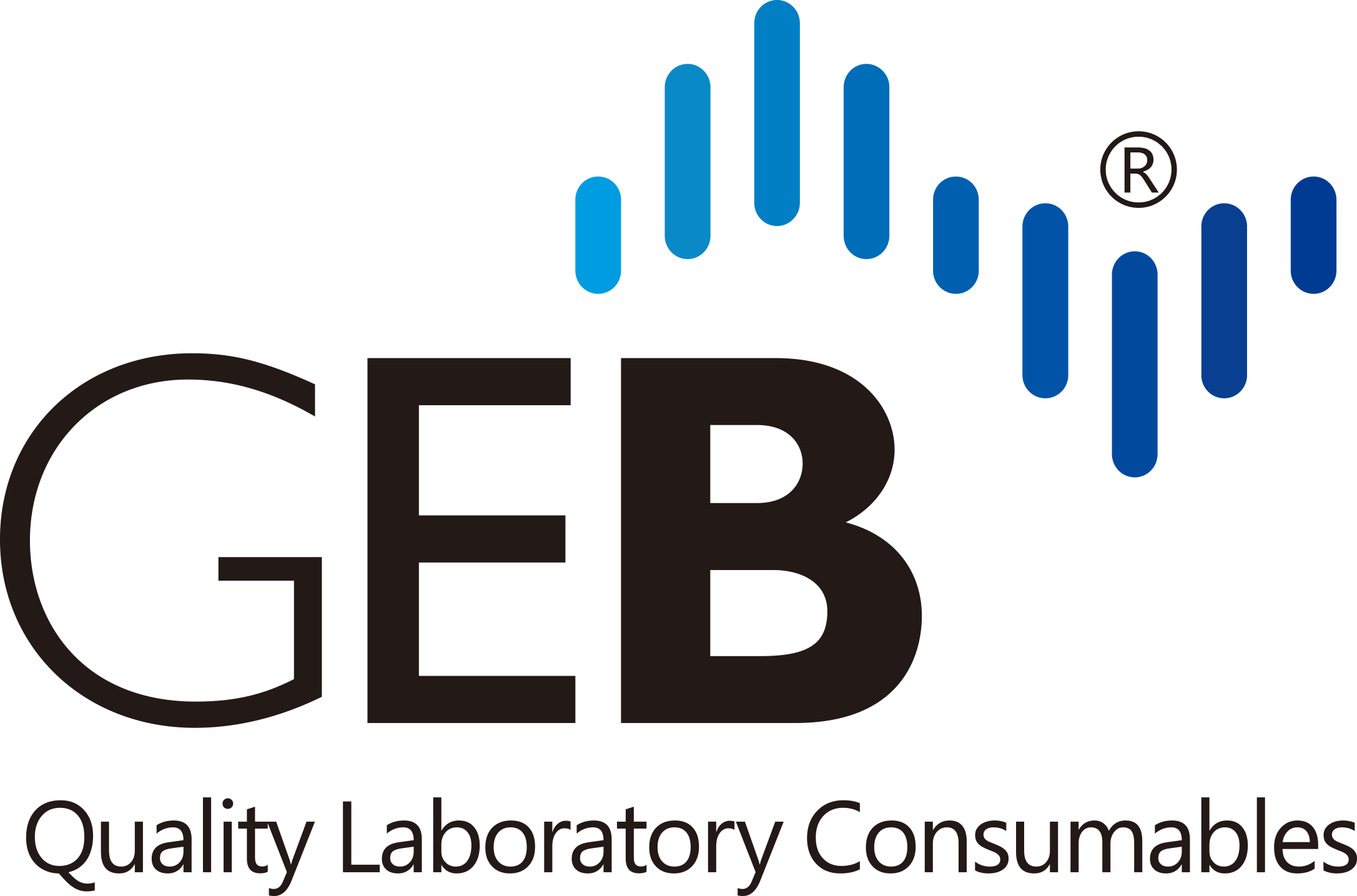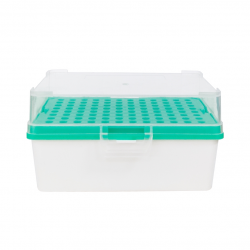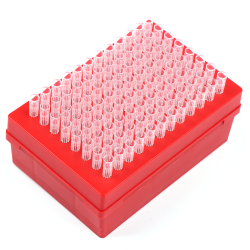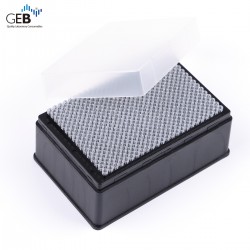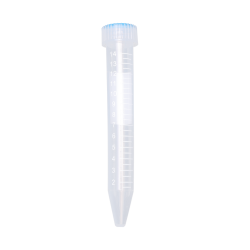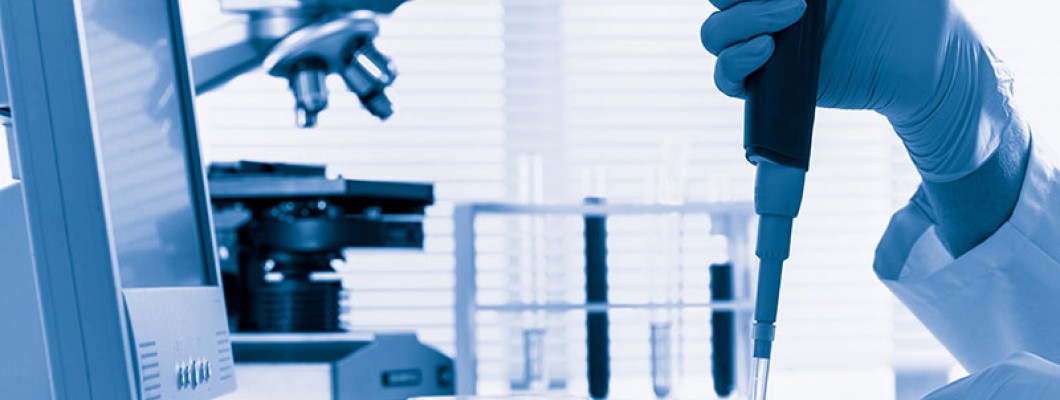
Laboratory intelligent construction, often referred to as "smart labs" or "digital labs," involves the application of advanced technologies and data-driven approaches to enhance the efficiency, safety, and productivity of laboratory operations. This concept is becoming increasingly important in modern research and development environments. Here are some key aspects of laboratory intelligent construction:
Laboratory Information Management Systems (LIMS): LIMS software is used to manage and track laboratory samples, data, and workflows. It streamlines data entry, sample tracking, and reporting, reducing manual errors and enhancing data integrity.
Automation and Robotics: Laboratories are incorporating automation and robotics to perform routine tasks, such as sample handling, liquid handling, and high-throughput screening, with high precision and efficiency. This reduces the need for manual labor and minimizes errors.
Integration of Analytical Instruments: Smart labs integrate various analytical instruments and devices to allow seamless data exchange and automation of experiments. This integration enhances data quality and accelerates the research process.
Real-time Monitoring and Control: Laboratories use sensors and monitoring systems to collect real-time data on environmental conditions, equipment status, and experiment progress. Researchers can remotely monitor experiments and make adjustments as needed.
Data Analytics and AI: Advanced data analytics and artificial intelligence (AI) are applied to process and analyze large volumes of experimental data. Machine learning algorithms can identify patterns, trends, and anomalies, assisting researchers in making informed decisions.
Energy Efficiency: Smart labs focus on energy-efficient designs and technologies to reduce energy consumption and environmental impact. This includes efficient HVAC systems, lighting, and equipment.
Safety and Security: Smart labs incorporate advanced safety features, including automated safety protocols, access control, and real-time hazard monitoring to ensure the safety of researchers and the laboratory environment.
Remote Collaboration: Digital tools enable remote collaboration and data sharing among researchers in different locations, facilitating teamwork and knowledge exchange.
Resource Optimization: Laboratory intelligent construction optimizes the use of resources such as reagents, consumables, and equipment, reducing waste and operational costs.
Compliance and Regulatory Support: Systems and processes are designed to support compliance with laboratory standards, industry regulations, and data integrity requirements.
User-friendly Interfaces: User interfaces are designed to be intuitive, allowing researchers to easily interact with laboratory systems, conduct experiments, and access data.
Scalability: Smart labs are often designed with scalability in mind, allowing for easy expansion or modification of laboratory facilities and equipment to accommodate changing research needs.
Laboratory intelligent construction aims to transform traditional laboratories into highly efficient, data-centric environments. It enhances the quality of research, accelerates scientific discoveries, and contributes to the overall productivity and competitiveness of research institutions and industries.
